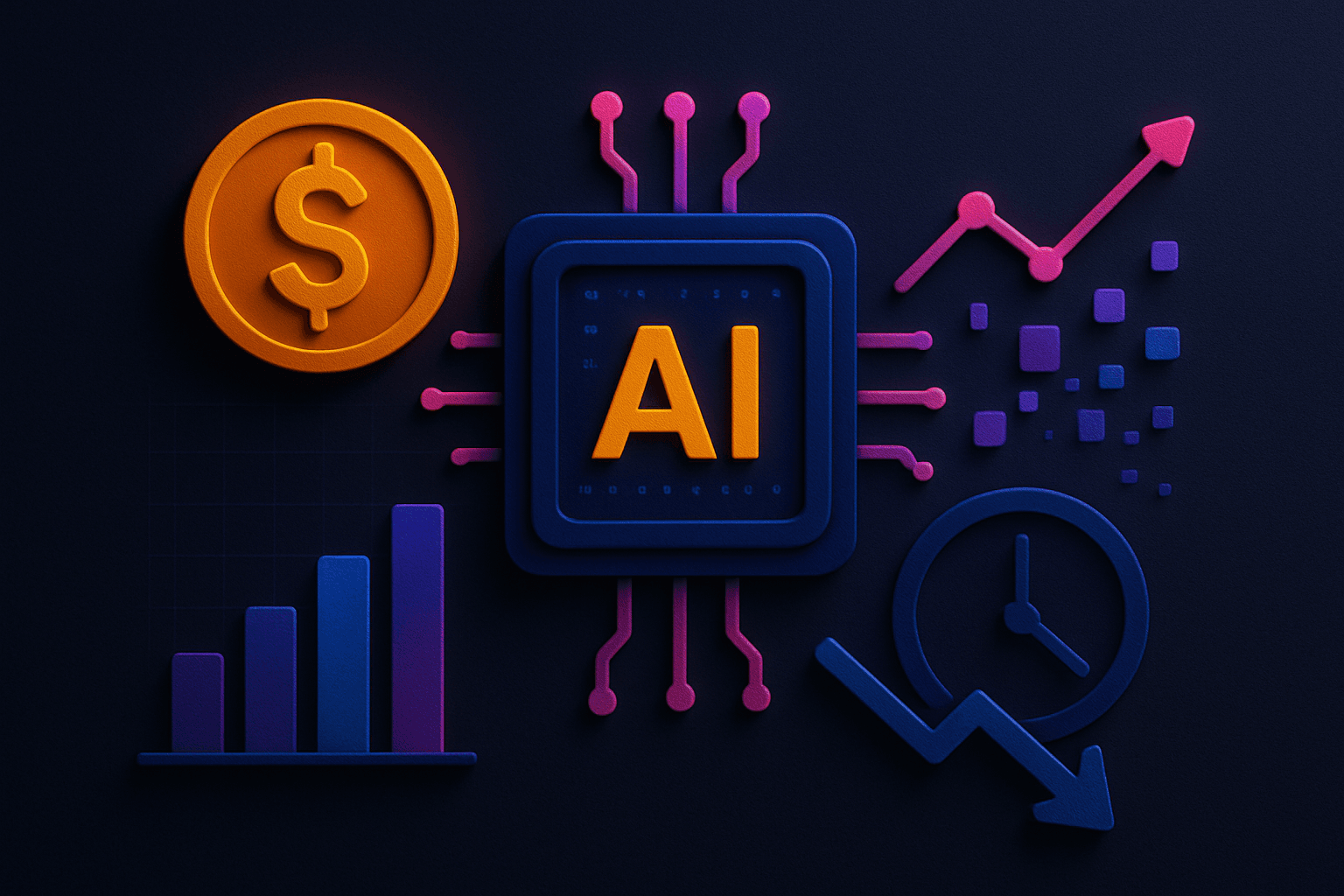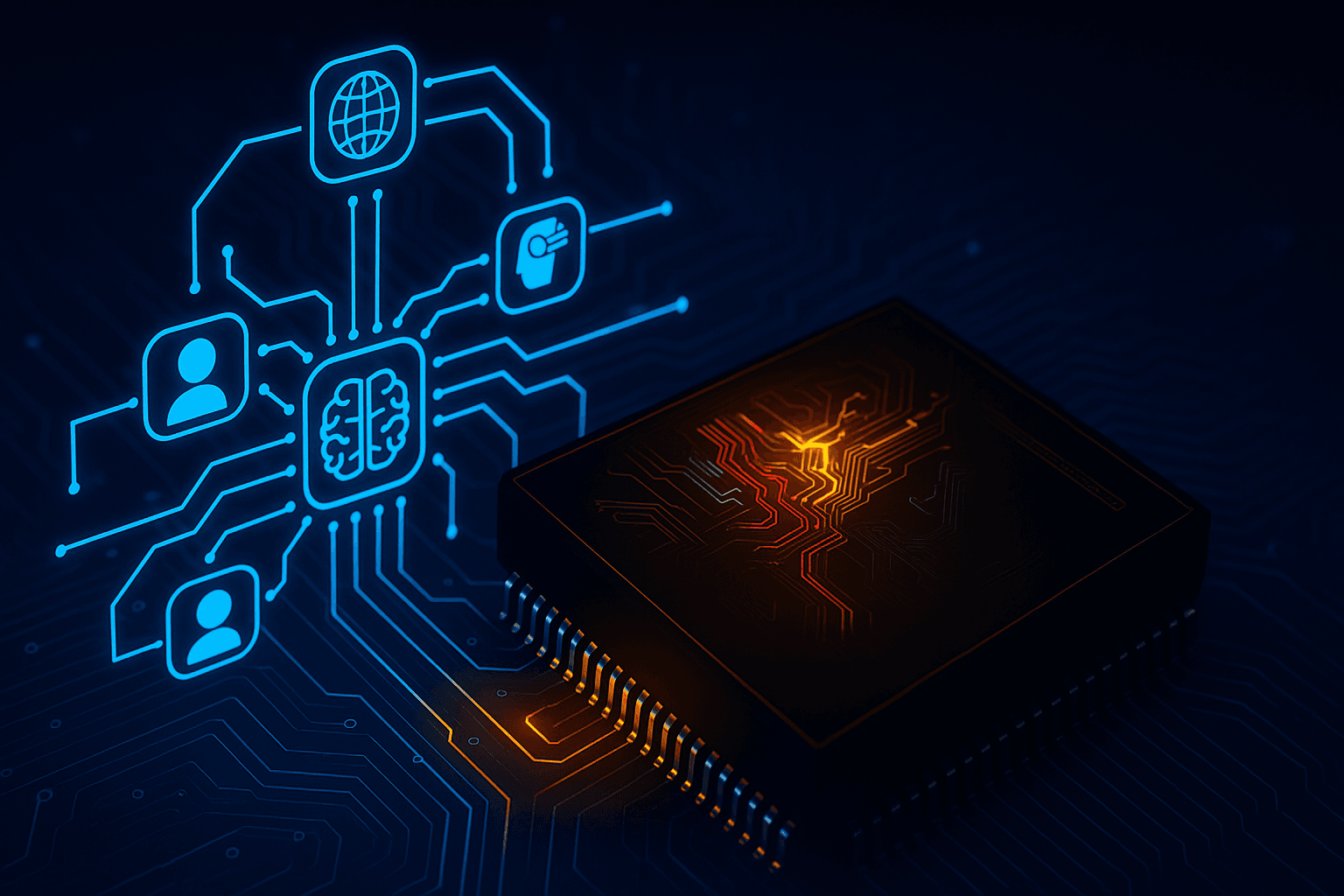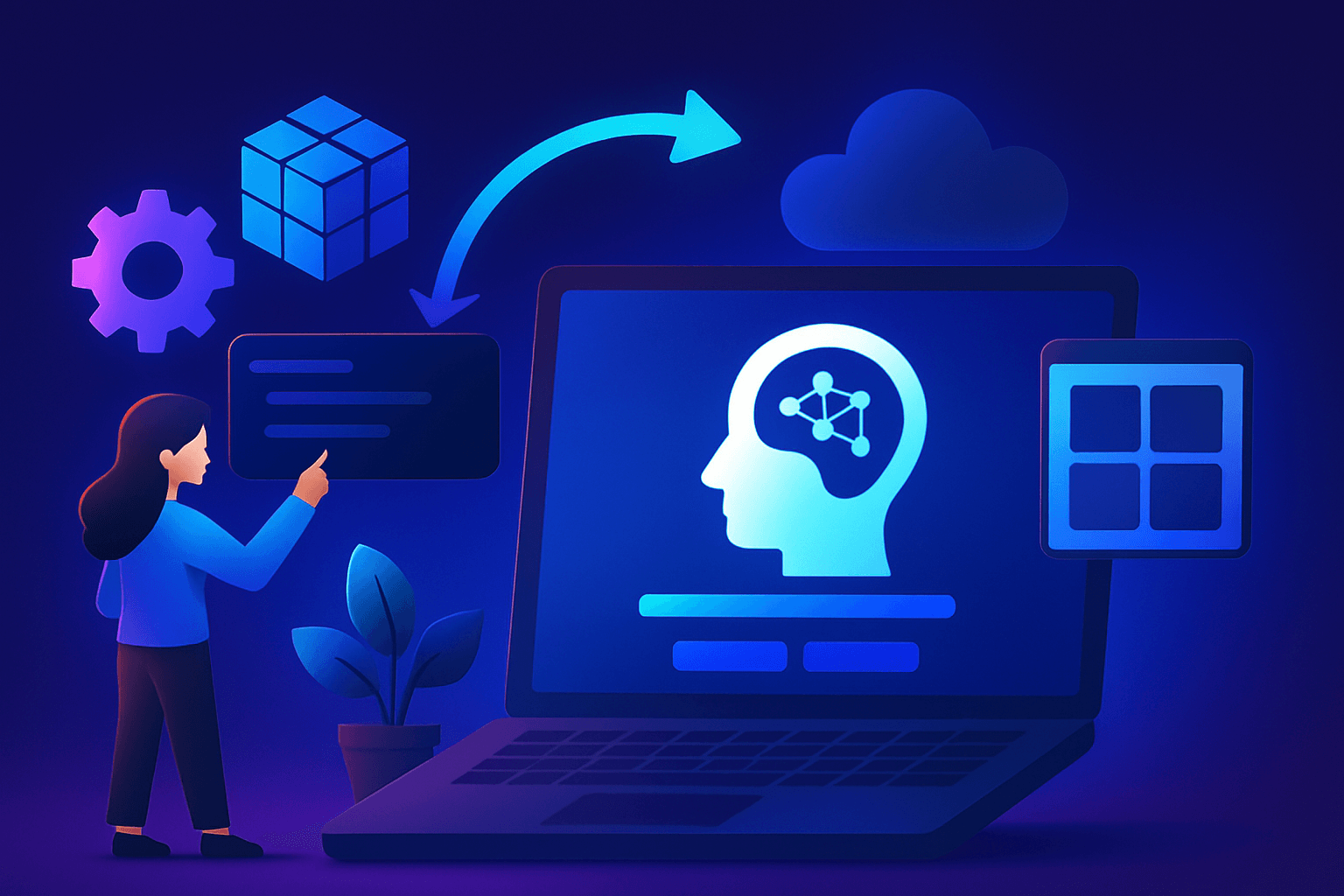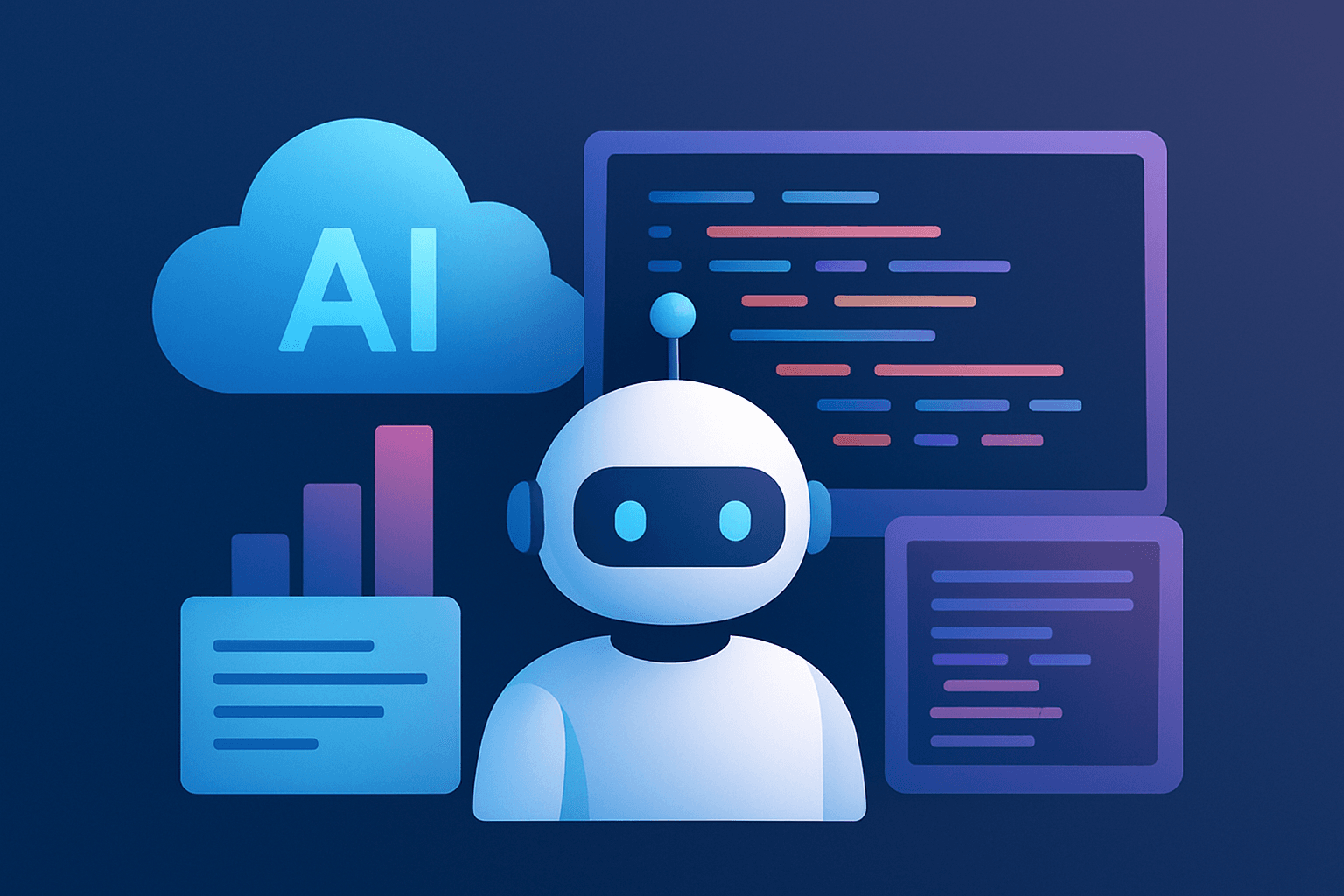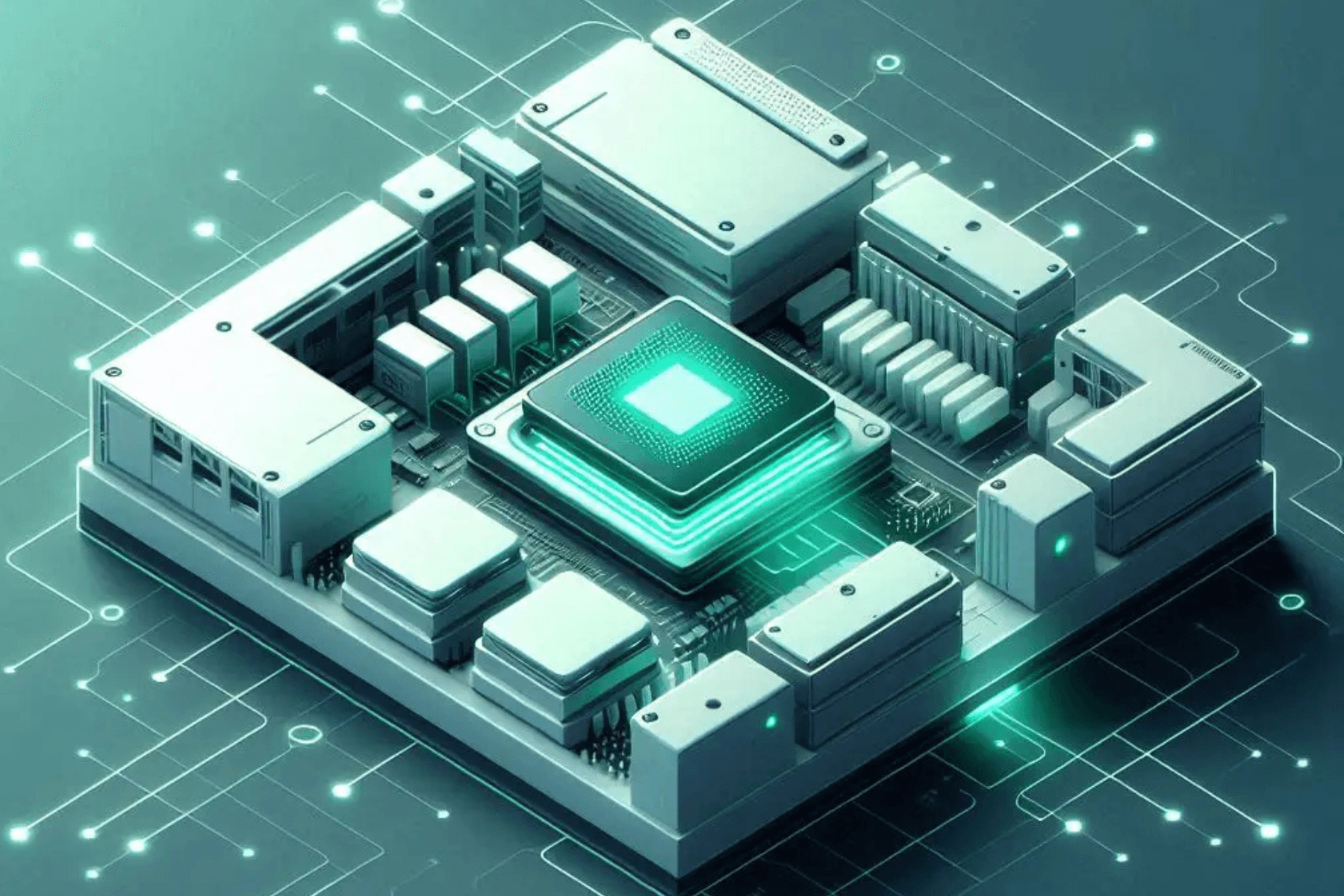Neural network schemes responsible for high dimensional data like images, videos, and sensors have been in demand due to the state-of-the-art pattern recognition and prediction analysis. The technologies have emerged to a significant state of progression. Medicine and healthcare have benefitted with the deep neural networks for prediction leading to automating human
intervention, decreasing the cost of operation. The data sets involved for prediction are extremely case sensitive when working on a large scale with multiple data sources; the training for this can be difficult at times.
In a neural network, the typical data set contains over a million
parameters which require tremendous computing power, which increases the need for data repositories to train them. The need for large supercomputing resources has increased due to increased demand for
optimal accuracy in real-life applications. These applications, based on deep learning, are hard to handle due to the privacy and legal obligations that are associated with the unstructured data.
There is a constant attempt to decrease training time to enable training neural networks using multiple data sources with a single unit of supercomputing source. Neural networks are slow for many underlying reasons which include limited width, store latency, and loading latency. To counter these software issues, there have been customized hardware solutions invented by MIT, Nvidia, Google, and others.
To accelerate the learning process, the samples are given importance based on their weights to achieve variance reduction. With the effect of variance reduction, there is a slight effect on the weightage of datasets which still introduces no change on the computational time frame. To add a reducing change on the computational cost, a sub-sampling technique needs to be
applied, which will cause a gradual effect. The shrinking strategy is the key technique that is widely used for these cases.
The machine learning software libraries use a Linear Vector Machine (SVM) for the shrinking strategy, it identifies the variables that would be encountered in the running iterations and eliminates them to form a short and more optimized neural-based model.
Deep neural networks may seem complicated, but they are simple. In most used cases, most used functions are the basic linear operations such as matrix multiplication and addition. The idea here is to call the data functions multiple times, so the smallest amount of time saved from
calling the function would reduce the training set timing on a large scale.
For it to work, there are requirements of a loop over a vector to calculate the values for each element.
There are two ways to implement the faster computational method-
- Calculate each variable faster
- Calculate all the variables simultaneously
In case of simultaneous operation, the computation would be progressed without any additional effort. The need here would not be for faster processors but multiple units to handle multiple variables at the same time.
To increase speed and efficiency, we require more tools to handle the relative resources. Let’s look at this with a practical example. In a car washing space, a single worker must work on a total of 50 cars each day; the work would be more and time directly proportional. But, hiring more people to do the same job would offer more results and the process would be faster. The essential prerequisite here is the budget requirement; higher investment in resources would get you a higher yield.
A neural network has three major functioning components-
- A batch generator to collect all the gradient updates forming a batch
- A forward pass to evaluate the loss incurred on each of the batches
By introducing an auto assist feature for training the deep neural networks, the features that
take additional time for computation from the forward and backward pass should be eliminated to increase the computational speed. Here the auto assist feature would be a viable replacement, where it would work as a batch generator to implement the shrinking strategy prolonged with fast computation. With experimental analysis and proper dataset statistical projections, the results included that the training loss for each dataset and model gradually reduced with the implementation of shrinking and parallel computing. The auto assist feature rendered claimed to get a higher accuracy rate with the combination of Linear Logic regression. The model would remove the variables and instances and run the remaining simultaneously. It could later be adjusted and
was effective versus the training set for singular variables.
For a Free Trial: https://bit.ly/3eaePdo Call: +919599620390, Mail: raju.kumar1@e2enetworks.com
